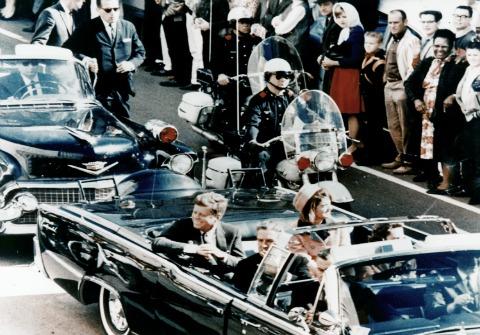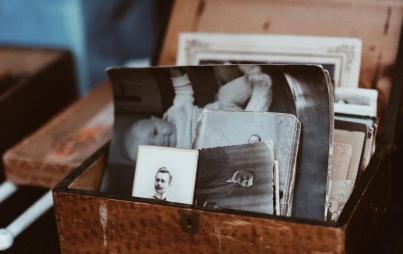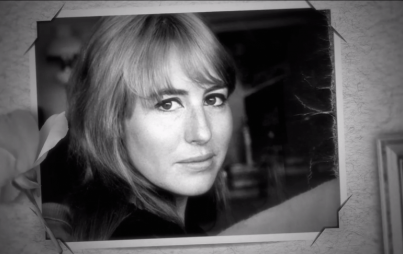
While we all hope for dignified treatment when we’re finally laid to rest, sometimes it just doesn’t work out that way. Corpses of famous can suffer especially bizarre fates (seems that everyone wants a piece of them—in life and death. Especially communists). Here are three grisly tales of world leaders' postmortem misfortune.
Kennedy’s missing brain
The JFK assassination has all kinds of bizarre facets, but one lesser-known component: the case of the missing brain! After JFK’s (epically-botched) autopsy, what was left of the president’s brain—that is, the portion left after Lee Harvey Oswald’s bullets ripped out of his head—was transferred in 1965 to the National Archives along with other autopsy materials. But the next year when officials went through the materials . . . the brain was nowhere to be found. More than 30 people were questioned, but in the end the contents of the president's cranium were nowhere to be found. The mystery persists—and helps fuel the copious conspiracy theories surrounding the assassination that still buzz today.
King Tut burned
King Tutankhamun: Boy-king in life, burnt to a crisp in death? Yes, an archeologist studying notes on the initial discovery of King Tut found the odd observation that the body appeared burned. Testing of bone and muscle tissue confirmed the fiery hypothesis. Researchers conjectured that in their haste to pull off a fast funeral (there are different theories on how Tut died, but the consensus is the funerary rite was speedy), embalmers got sloppy and spilt flammable oils on the burial shroud. A chemical reaction could have lit up the linen and fried Tut’s body. So much for meticulous preparation for the afterlife.
Richard I of England’s Entrails
After dying from complications of a crossbow to the shoulder (#oldtimeydeath), Richard the Lionheart’s body was buried in an abbey to join his interred parents. Pretty typical. But, you see, his body was not fully intact. Before burial the corpse was gutted, and his heart was plucked from his chest and mummified (why let Egyptians have all the fun?). Turns out carving up kings was a common ritual in the Middle Ages. The royal organs would be strategically buried along the kingdom as markers of territory, and as an indication of the deceased’s power. (Insert joke about how territorial guys are.) Richard’s heart remained buried in Normandy until 1838, when a historian stumbled across the ancient lead box holding the (Lion)heart. (Image: commons.wikimedia.org)






